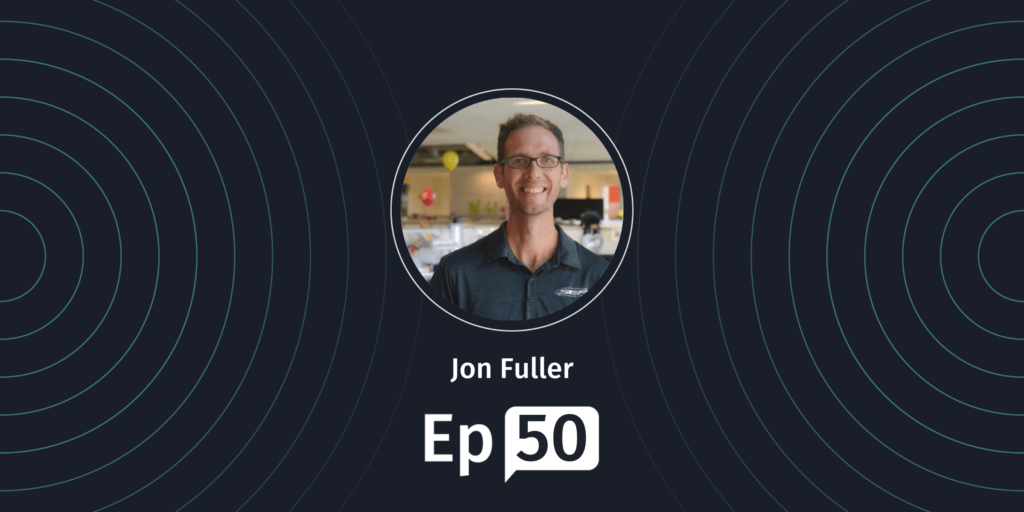Navigating the Cloud: Key Considerations for Building or Migrating to Cloud-Based Applications

I often have to pull folks at SEP into early conversations with our clients to help explain and understand the technical nature of the clients world. One of those people is our Director of Software Engineering, Jon Fuller. Jon’s experience and approach make him one of the best in our walls at asking great questions and giving his thoughts on things our clients should be thinking about. An area of product development that we continue to get a lot of requests for is moving or building software in Cloud environments. Whether they are migrating something deployed on premise or building a greenfield application, there are typical elements we try to understand and explain. So, I asked Jon to sit down with me and share his top considerations when diving into a client engagement building software in the cloud.
Zac’s Episode Takeaways
#1. Risk
Moving to the cloud involves understanding and mitigating risks. It’s essential to identify existing risks and make intentional trade-offs when transitioning to a cloud platform. While the cloud offers benefits such as easy resource provisioning, it also exposes organizations to new sets of risks, such as downtime and security vulnerabilities. It’s not necessarily about removing all risk from the conversation, it’s about identifying and understanding the risks as you move forward.
Listen to Takeaway #1
#2. Cost
Predicting and anticipating costs for cloud resources can be complex, especially for small or early-stage companies with limited budgets. Organizations need to carefully analyze their cost structures, consider bulk discounts and stability options offered by cloud platform providers, and collaborate between product managers and architects to forecast and manage costs effectively. It’s an easy assumption to think that cloud environments will be cheaper than on-prem alternatives, and it often times is. But you should take steps to understand this before diving in. Finding predictability, not certainty, is the aim.
Listen to Takeaway #2
#3. Existing Infrastructure/Talent
It’s important to assess the existing infrastructure and talent pool when choosing a cloud platform. While the core concepts may be similar across different platforms, the specific tooling and management approaches can vary. Organizations need to evaluate if their current talent can manage the new platform or if there’s a need for investment in training and organizational support. Similar to choosing the right tech stack, the people you have in the building today have deep knowledge in specific areas. If you’re going to deviate from what they are proficient in today, you should take ramp-up time/money into consideration.
Listen to Takeaway #3
Get the Complete Episode
In our full conversation with Jon, he shares more nuance on why he believes these are critical conversations to have when building software for the Cloud.
You Might Also Like